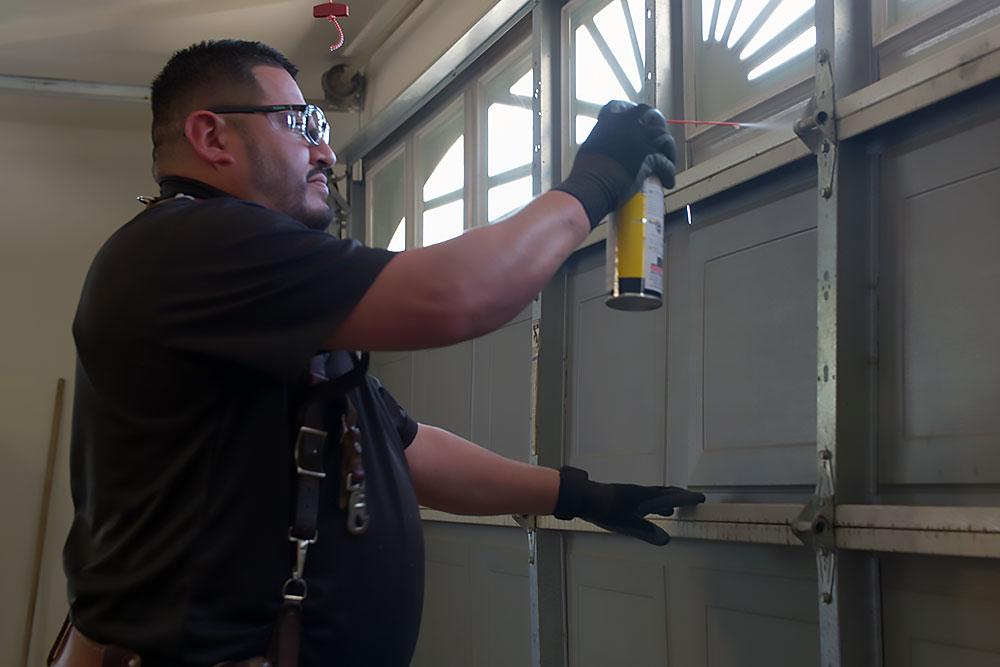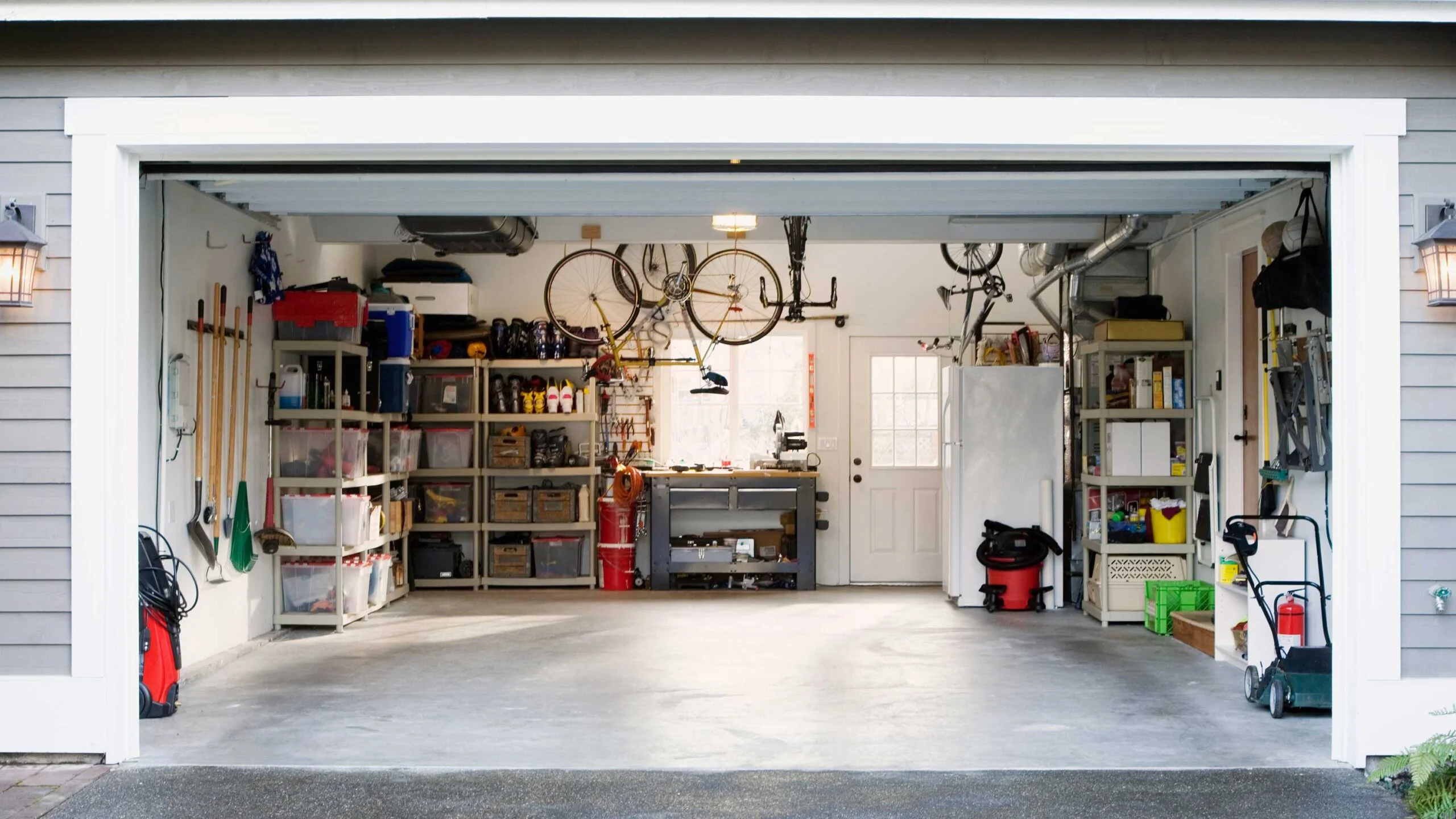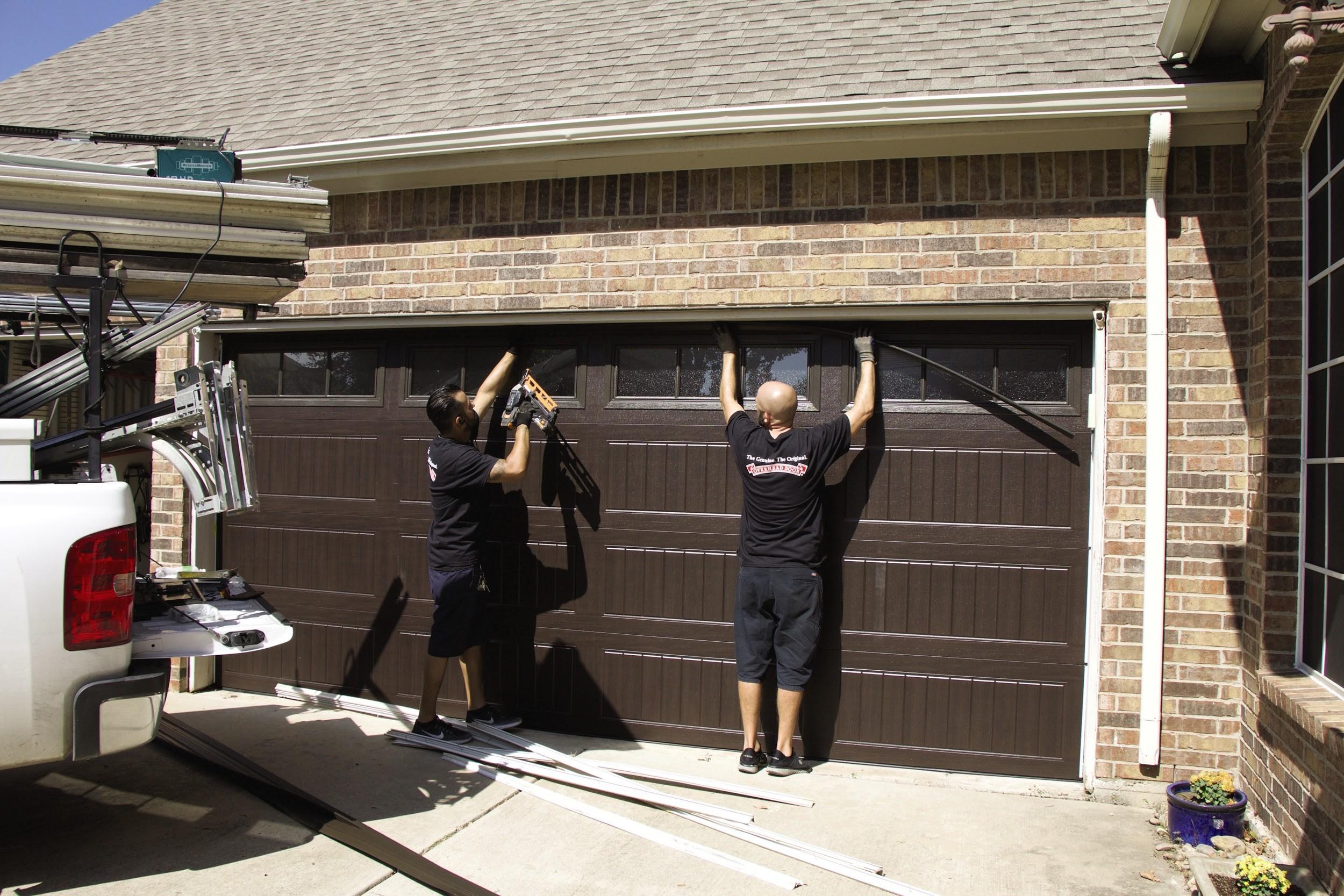
Repairing Holes Like a Precision Door Pro
The Precision Door for your garage is very durable, but that doesn’t mean it’s indestructible. Whether it suffered a hard hit or has been worn down from weathering, holes can form in your garage door. While it’s sometimes best to get a professional involved, you can repair it yourself with the right tips and knowledge.
Should You Fix a Hole in a Precision Door?
The first thing you should really consider is whether it makes sense to fix the hole in your Precision Door. A hole might mean that the door is thinned out from weathering. It might also cause the nearby area to warp or rust even after you patch the hole.
If it’s a smaller hole or a newer door, then it makes sense to repair the hole. This is often fairly simple to do, and a newer door should still have plenty of years left before it needs to be replaced. If the door is older, if it’s a larger hole or if it’s from weathering or rust, then you might want to consider Southern California garage door repair from a professional or changing the door.
You can either replace the entire door or just the affected section. A garage service in Southern California can help you make this determination.
Repairing Holes in Wooden Garage Doors
If you are repairing a wooden Precision Door, then you’ll be happy to know that there is a product that can really help you out. As stated above, this is best for smaller holes and if the wood isn’t weathered and worn down.
You’ll find that wood filler is the best thing you can use on these garage doors. You can place the filler right in the hole. The materials expands to ensure a very snug fit. Not only that, but it dries quickly and is about as strong as the wood itself. While it’s a little softer, you shouldn’t notice that unless the door is hit.
Start by adding the filler and allowing it to fully dry. The drying time depends on your exact product. Some fillers only require a few hours to fully dry while others need 24 hours. It’s suggested that you wait the full time so that the dried filler is as strong and durable as possible.
You’ll then want to smooth the filler by sanding it. Try to make it flush with the surrounding material as well. Once sanded, you can then paint the area so that it disappears. While paint tends to work better, staining should work as well.
Spray Foam for Vinyl and Other Materials
If you have a vinyl garage door, then spray foam works incredibly well. This foam can be used with a variety of materials as well, and it’s actually one of the more versatile patching materials here.
Not only is sprayed foam very durable once it dries and hardens, but it also insulates the garage so it stays cool during the summer and warm during the winter. Much like with the wood filler, this material expands as it dries. The difference though is it has more significant expansion. This is ideal for sealing holes to prevent rain, snow, wind or anything else from getting through the garage door.
Spray foam tends to dry in mere minutes. Once fully dried, you can then sand it down so that it’s flush with the surrounding material. Be careful when sanding as you don’t want to breathe in the dust.
While the foam will stand out initially, you can paint or stain it so that it blends in with the garage door. In fact, people will hardly notice the foam if you properly sand it down before painting.
Repairing a Hole in Metal Garage Doors
Much like with other door types, you’ll be using a filler that expands and covers the hole. The difference though is that you need a little more prep work before using the filler. You will commonly use a metal filler, which is often sold by automotive stores as it can be used to fill holes in car exteriors.
Exposed metal tends to rust. Not only that but rusting is often the cause of many garage holes. Start by sanding the area to remove any rust. Keep going until there is bare metal. A coarse, grit sandpaper tends to work best here.
It’s also a good idea to apply rust removal to the hole and any other rusty areas on the garage door. You can then use a wire brush to remove any rust. You should then clean the door completely with a degreasing cleaner. If you don’t do this, then the filler may not adhere correctly.
Blend the metal filler and hardener according to the instructions. You should use a plastic putty knife to apply the filler so that it stays away from your hands. Avoid using a metal putty knife as it might bond to the knife.
Some people try to make the filler flush with the material during this step, but that’s a bad idea. Air bubbles can cause pockets once the filler dries. It’s best to fill the hole completely and then form a small mound. Give the filler adequate time to fully dry.
Much like with the other fillers, you can now sand down the filler so that it’s flush with the garage door. You will need coarse sandpaper again. You can paint this with metal paint so that it looks like the rest of your garage door.
Can a Garage Hole Wait?
You might be wondering if you need to repair the hole now, or if it can wait a few days until it’s fixed. While it can technically wait a few days, it’s best to fix it as soon as possible.
Some materials are prone to significant weathering if they are open and exposed. Wood can take on rain and moisture while metal might rust or splinter. Vinyl doors tend to be best against weathering, but even they can splinter if the hole is left there too long.
The hole allows the elements, such as rain and wind, to enter your garage. This will increase your energy bills as it will be harder to regulate temperate in the garage. Your garage might also get soaked if there is a bad storm.
Then there’s the possibility of intruders. Animals and bugs can sneak their way into the hole, and people might be able to use this to force the garage door open.
While the hole can technically wait a little while, it’s best to fix it as soon as possible.











